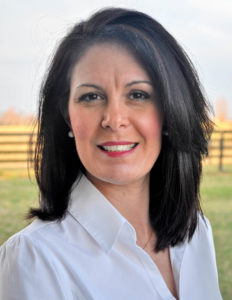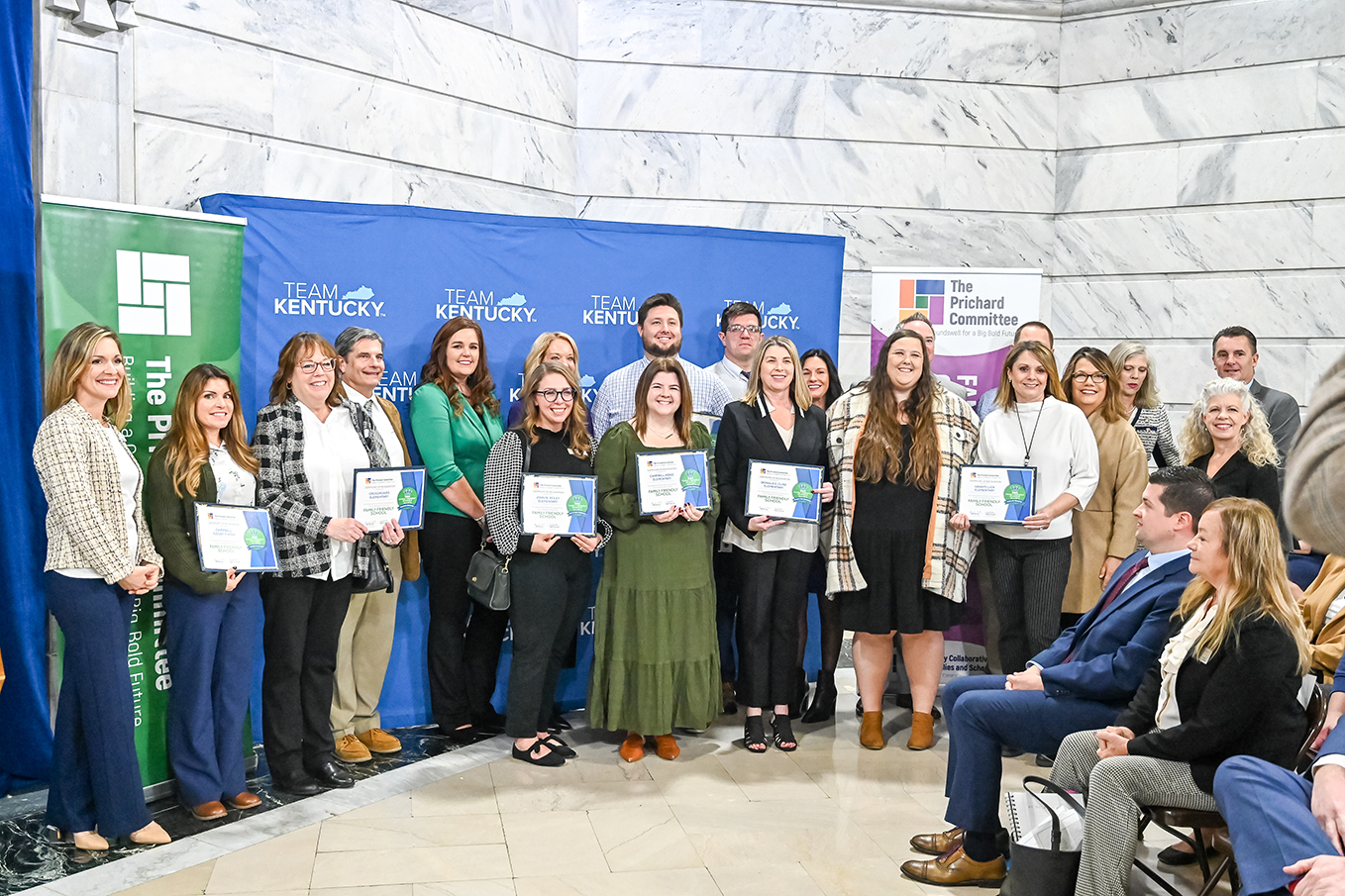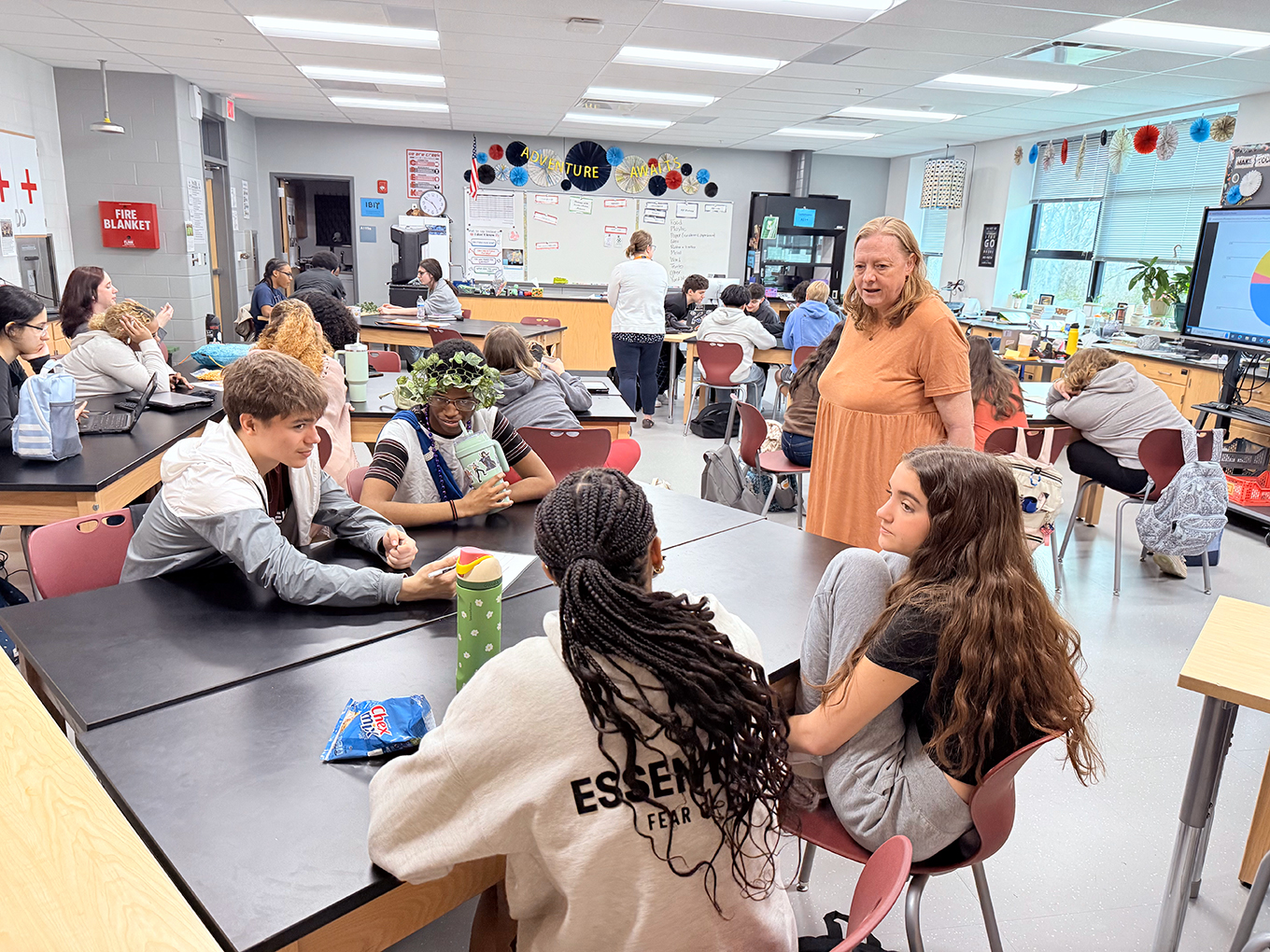
Jennifer Meo-Sexton
Italy is one of my favorite places to visit for many reasons – and not just because of the cuisine and the pasticcerias (pastry shops).
This Mediterranean country is a globally sought after tourist destination due to its exquisite art and architecture. One of its most famous structures is the Leaning Tower of Pisa. So, why does this white marble building lean?
After construction on the building began in 1173, architects noticed the structure was leaning as the third story was added. Engineers analyzed the foundation only to determine that the soil was soft and shifting, which was the root of the problem. Architectural foundations seem simple, but actually they are the most critical component of any structure, requiring incredible attention. The foundation will govern the destiny of the structure.
Our classrooms can be a lot like architecture. Without a solid classroom community foundation, instruction can veer away from the target or even crumble. The great foundation of culture and community within the classroom means more time for complex instruction and less time spent correcting student behavior. Building a community means spending critical time upfront teaching, modeling and practicing the expected social skills.
Many years ago I visited a few classrooms in an adjacent county that I would have classified as the perfect classrooms. Students valued each other, were actively engaged in the history lesson and were excited about doing the work. The same day, I visited a math class and then a language arts class. It was the same scenario regardless of the content and students’ individualized learning plans.
Wow – how did these teachers do this magic?
As an educator, I know nothing happens overnight, just as Italy’s famous architecture was not designed in one day. Part of building capacity within the classroom for a teacher is the same as for an architect: problem-solving, assessing and adjusting to fit the need.
I quickly made the connection that the classroom culture starts with the foundational layers of social skills and building relationships. My mindset was to infuse and practice steps that build upon each other. I had to be the advocate for the positive social environment I needed in my class by empowering students to make the difference between being present in the classroom and being an active participant of the whole class community.
The teachers whom I observed in action explained that each of them invested about two months into the community component, even limiting the curriculum content being taught. I marveled at the thought of spending so much time building community concepts, because my art classes are only 12-week trimesters.
So I started to analyze and make connections about what foundations or cultures look like within different successful organizations. Our military forces embed the “leave no man behind” concept. This resonated with me as a teacher, because I must teach students how to include others in group work to avoid their classmates’ emotional hurt of being left out.
My students were taught to invite others to share their thinking and to empower each other’s voices. Students were learning how to ask each other probing questions. Asking questions allows one to think, to access prior knowledge and problem-solve while strengthening listening and speaking skills.
How do we listen? How and when do we speak? This supported learning in a nonjudgmental way, building social foundations and keeping respect for each other a top priority. The lesson here is to support each other and not break the foundation of a solid teamwork structure.
I had wrestled with the daunting task of how to build our class community when my course rotation ended in just 12 weeks. What would my classroom community look and sound like? If I built the foundation too fast and without substance, it would crumble. The planning of content and community had to be tightly woven and intentional in building foundational elements into every task.
I embedded the turn and talk strategy, which gave students the opportunity to listen attentively and to speak clearly with a partner when answering a probing question I presented to the class. Speaking to one person is more comfortable for a student than speaking out to a whole class. This gave every student a safe opportunity to share their thinking and have a voice. Peer discussions leads to group discussions using discourse norms.
Through heavy practice, these social skills and classroom norms were established in 1.5 weeks, which allowed me to begin moving into deep content teaching. These lifelong social skills then became the norm with each content task for the remainder of the 12-week course.
As I began to witness what I had once marveled at in those other classrooms, I discovered that the magic lies in releasing ownership and responsibility to our class leaders, our students. The magic wasn’t in the teacher; the magic was the community foundational concepts of social skills practiced and rehearsed by the whole class. It gave purpose and direction to how students were learning, not just what students were learning.
A strong foundation – so crucial to building anything great – is priceless and well worth the time spent in making it solid.
Just as historical engineers and architects learned that multiple attempts to straighten the Tower of Pisa or repair the foundation did not initially work, I learned that building a firm classroom foundation is critical for teaching and learning. Today, we know that even the strongest tower’s foundation must have room to move. If a classroom foundation is strong enough, teachers also have the ability to change instructional direction. Teachers may have to adjust the instruction in the community as they constantly assess their students’ progress, but a strong foundation in your classroom ensures you will stay focused on your tallest target.
Jennifer Meo-Sexton currently serves as the curriculum, instruction and assessment coach for Bondurant Middle School (Franklin County). Previously she taught 6th- 8th grade visual arts. She is the 2018 Kentucky Middle School Teacher of the Year.



Jennifer, thank you for this beautifully written explanation of the importance of that strong community foundation. I am fortunate to have been a witness to your classroom journey and the perseverance you and your students endeavored to solidify those social skills.